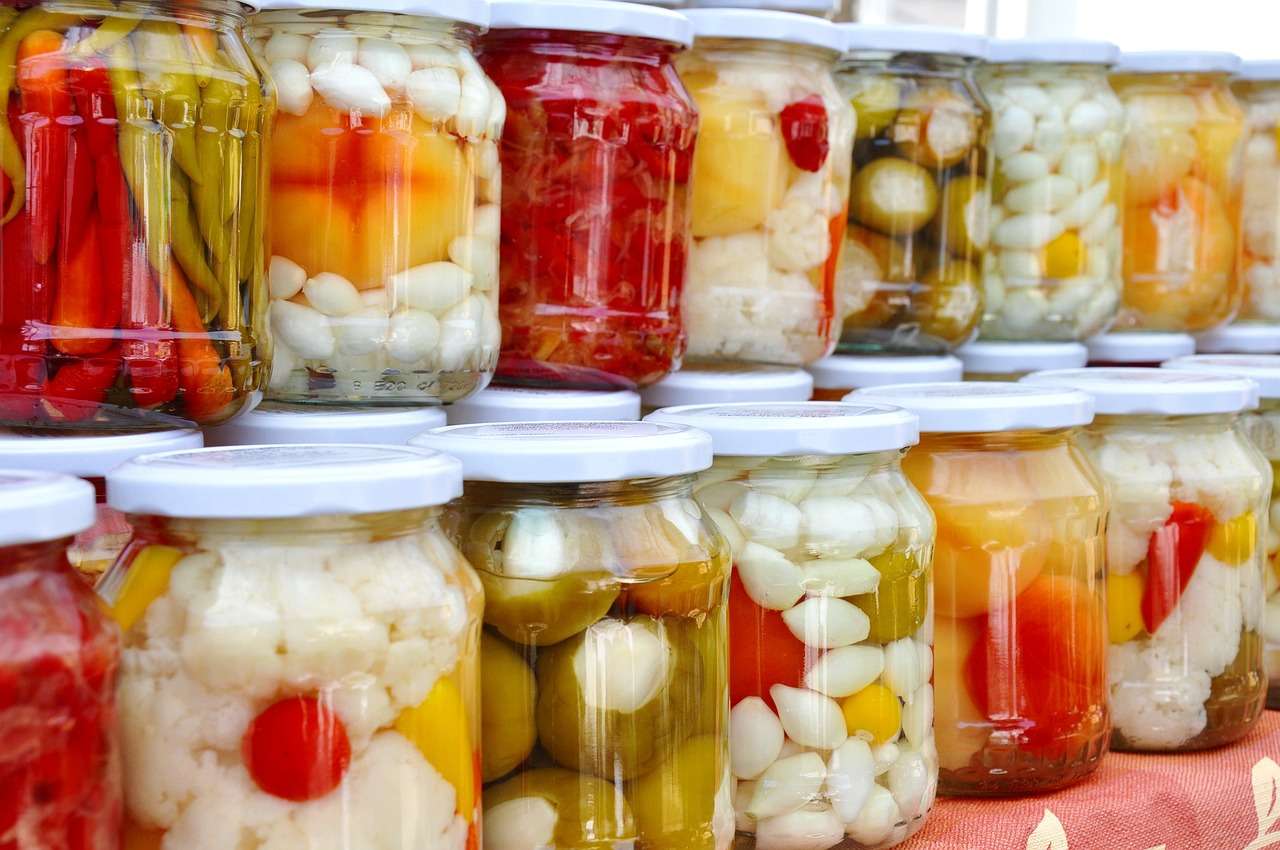Sharing is caring!
How healthy is your gut? If you’ve been feeling any symptoms like indigestion, nausea, having lots of cravings, fatigue, or skin irritations, it is time to pay attention to your gut health.
One of the best ways to improve your gut microbiome is to make sure you include probiotics in your diet. Ideally,you want to include some every day or at least most days of the week.
But what exactly are probiotics?
Probiotics are microorganisms that live in the food we consume. One familiar example is yogurt. As long as the yogurt hasn’t been pasteurized, it has live cultures, that is bacteria and other microorganisms in it that can then make it into your gut and help populate it with good organisms.
It’s a great idea for gut health to include some sort of probiotic daily. Think of it as a maintenance thing, similar to taking a multivitamin. Probiotics are such a great tool to help you populate your gut flora with good bacteria. They are available as a supplement, or even better, you can get them by eating probiotic-rich foods regularly!
What to look for?
You’re probably already eating quite a few fermented foods and drinks, like yogurt and cheese, and maybe even sauerkraut, sourdough bread, and fresh pickles. Include them a few times per week or even daily to help out our overall gut health AND our microbiome!
Here’s the key, though – it is important that the fermented foods you eat have live cultures in them. Most commercial pickles, for example, are pasteurized. This kills the bacteria and makes for a longer shelf life. Find varieties with live cultures (often in the refrigerated section), and you can make many of these fermented foods at home as well. Here are at least four you can make.

Yogurt
Yogurt is so versatile. You can eat it plain, sweeten it with a little fruit or honey, and turn it into a filling meal by adding grains like oats, or into a portable breakfast by making a smoothie. Look for live-culture yogurts and avoid varieties that have a lot of added sugar. The sugar is counterproductive since it feeds the bad bacteria we don’t want in our gut.
Kefir
If you like yogurt, you’re going to love Kefir! It has a lot more probiotics and cultures that you can’t get from yogurt. With a similar flavor profile, it’s great for smoothies, too. You can buy kefir, or even make your own using kefir grains. It is a simple process that involves leaving a cup of unpasteurized milk mixed with the grains out on the counter for about 24 hours. It will thicken and acquire the tart, mildly cheesy taste it is known for.
Cheese
Cheese is made with the help of bacteria. If you can find unpasteurized cheese from a trusted source, and you feel comfortable eating it, you can count it towards your probiotic food intake.
Sauerkraut & Other Lacto-Fermented Veggies
Sauerkraut is a great probiotic-rich food. Look for the kind in the refrigerated section that hasn’t been pasteurized or make your own, as all it takes is a clean container, cabbage, salt, and time. You can ferment and preserve other vegetables in the same way, and you can learn how by searching for lacto fermentation. Carrots and cucumbers are great options when you’re starting out, and kimchi is another fun option that you can also often find at your local grocery store.
Consume any of the food listed above that you enjoy, and then start trying some new probiotic-rich foods to boost your overall gut health, improve your microbiome, and boost your good bacteria count. If you feel like you’re not eating enough, just add a commercial probiotic when you need that extra boost especially if you took a round of antibiotics.
These 4 probiotics boost your gut health – you can make them at home was last modified: August 12th, 2024 by Vidya Sury
Sharing is caring!
:max_bytes(150000):strip_icc():format(jpeg)/Health-GettyImages-2177502752-47a7385bbc284648b51a74f3f9d610ab.jpg?w=350&resize=350,250&ssl=1)
:max_bytes(150000):strip_icc():format(jpeg)/Health-GettyImages-2177502752-47a7385bbc284648b51a74f3f9d610ab.jpg?w=120&resize=120,86&ssl=1)

















